Orthodontics (Braces/Invisalign) Treatment at Meiplus Dentalcare
We understand the power of a confident smile. Our orthodontic treatment is designed to empower you, boosting your self-esteem and transforming not only your appearance but also your outlook on life.
What is
Teeth Alignment?
Teeth straightening refers to the process of aligning and moving teeth to their correct position using external force and pressure over time. This process corrects dental health problems such as crooked teeth, underbites, overbites, deep bites, open bites, crossbites, teeth gaps, and other flaws of the teeth and jaw. The benefits of straight teeth include improved gum health, better digestion, and an improved facial appearance.
Orthodontics(Braces and Invisalign) is a field of dentistry that treats various dental issues such as:
- Crooked or Crowded teeth
- Protruded Teeth
- Midline Discrepancy
- Deep Bite
- Reverse Bite
- Anterior Open Bite
- Cross Bite
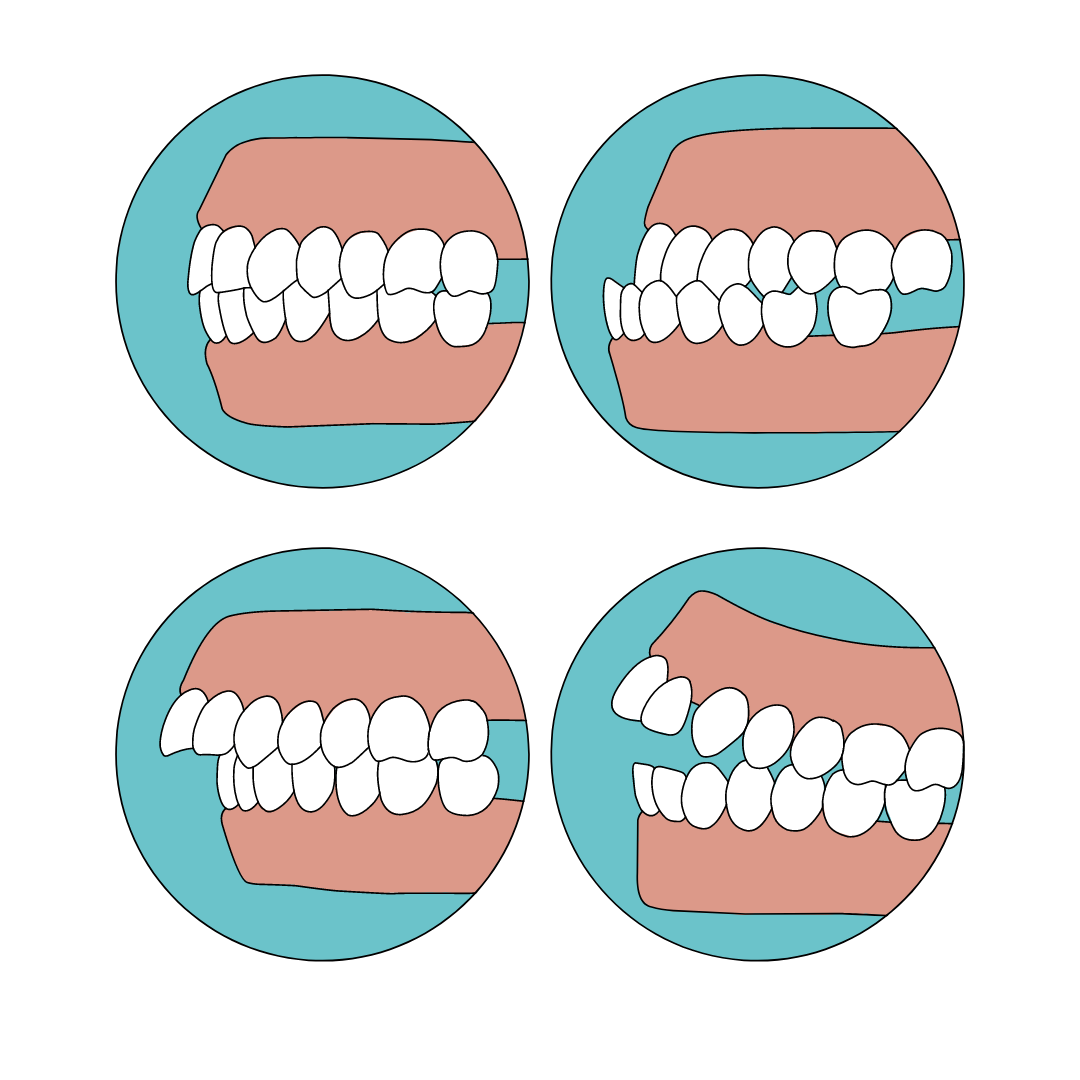
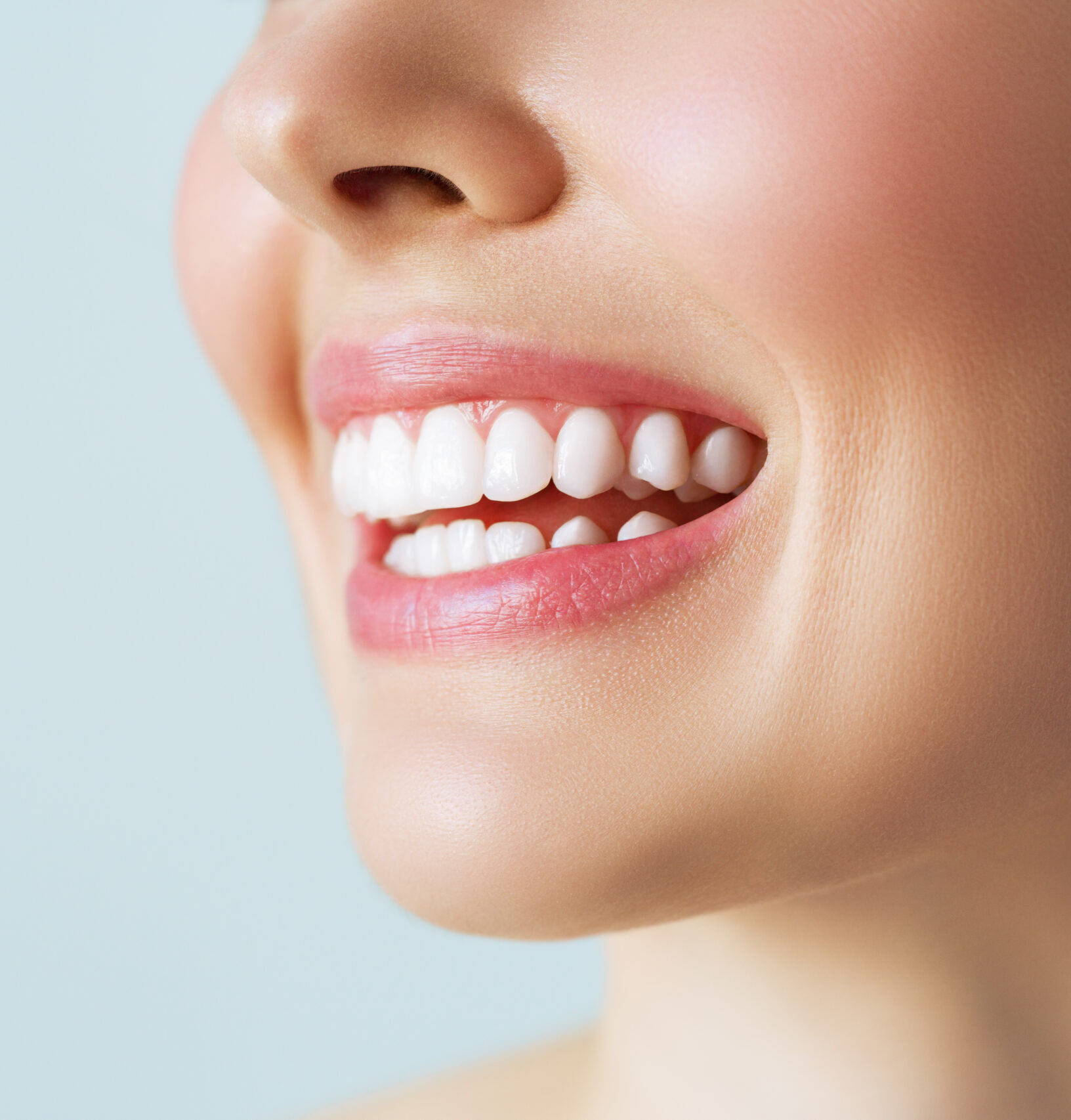
Why teeth alignment is important?
Some adults who have misaligned teeth are comfortable with their situation and don’t feel a need to get it corrected. They may even feel the misalignment gives their smile a quirky appeal! However, that quirkiness can become less endearing when a crooked tooth starts to give its owner headaches or cause difficulty with speaking or chewing food. Deciding whether to address or ignore misaligned teeth is a personal decision—but before you decide to forgo treatment, hear us out.
When your teeth overlap, your toothbrush will have difficulty reaching all of the teeth’s corners and surfaces. This compromises the oral hygiene regimen and leads to problems such as dental decay, as well as gum diseases like gingivitis or periodontitis. Procedures such as root canal treatments can become difficult, and these issues may result in eventual tooth loss.
Your malformed teeth might cause a variety of joint symptoms, from clicking or popping in yourjaw joint to pain and tenderness. Earaches, headaches, and painful chewing are some of the more severe symptoms of temporomandibular/jaw joint disorder. In the most serious cases, your jaw might become locked, leaving you unable to move it at all. Surgical intervention may be required to make your jaw functional again.
Misshapen teeth not only interfere with your speech, giving you a lisp, but also make chewing difficult and painful. Well-aligned teeth fit cleanly upon each other and do not cause such complications.
It might surprise you to know that misaligned teeth can cause the opposite teeth to chip or crack. This is a particular issue when the misaligned teeth come into contact with dental restorations, especially veneers, which they can chip and dislodge.
If you have difficulty in closing your mouth, most probably your teeth are interfering with it. An orthodontic treatment is required to align your teeth and ensure you can close your mouth. Otherwise, mouth breathing can cause a host of dental problems, including long face syndrome in children.
Last but not least, everyone loves a great smile. If your misaligned teeth are stopping you from living your life to the fullest, visit us at Meiplus Dentalcare to get the dazzling smile you have always wanted.
The 3 Types of Orthodontic Treatments for Straightening Teeth
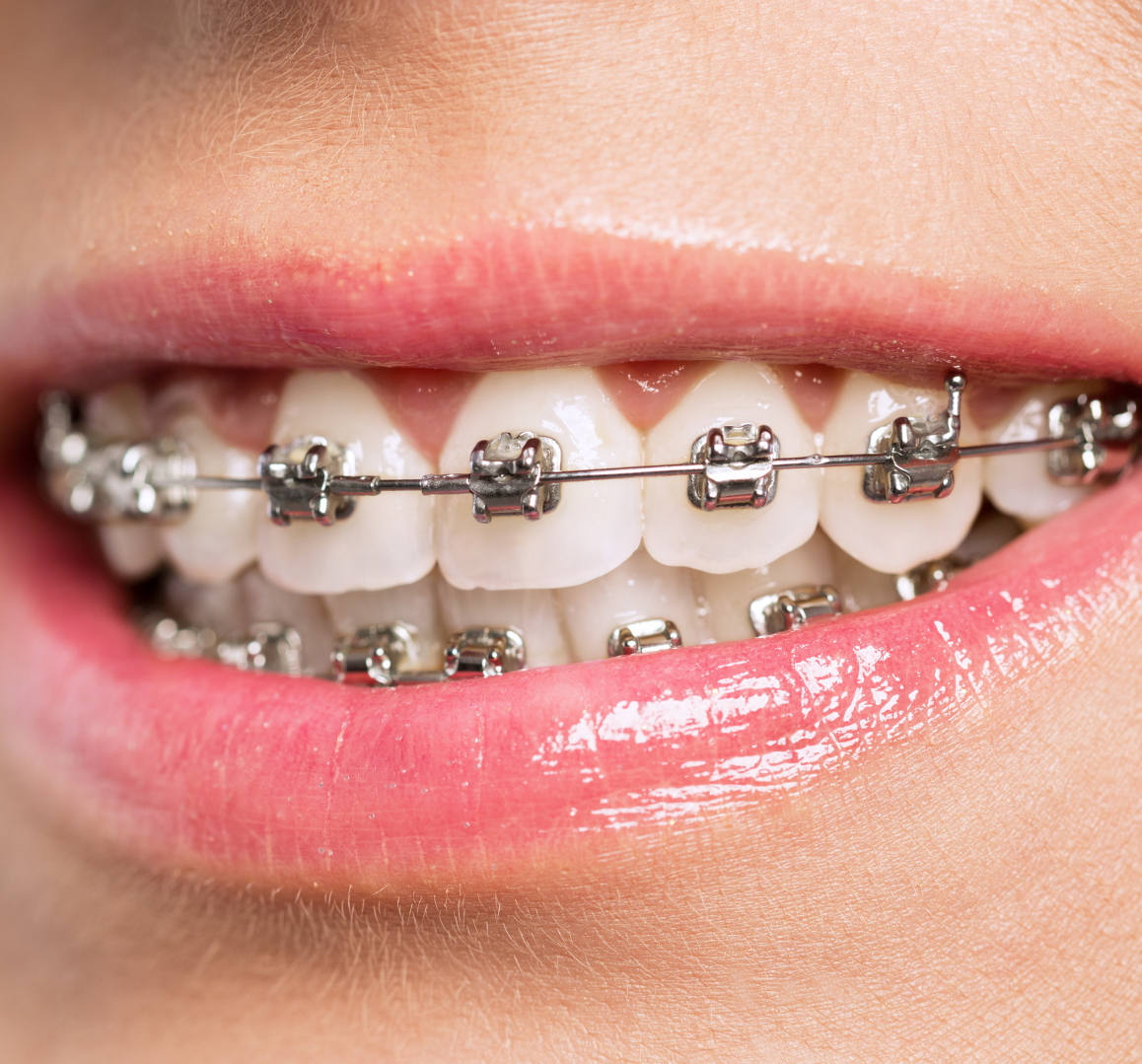
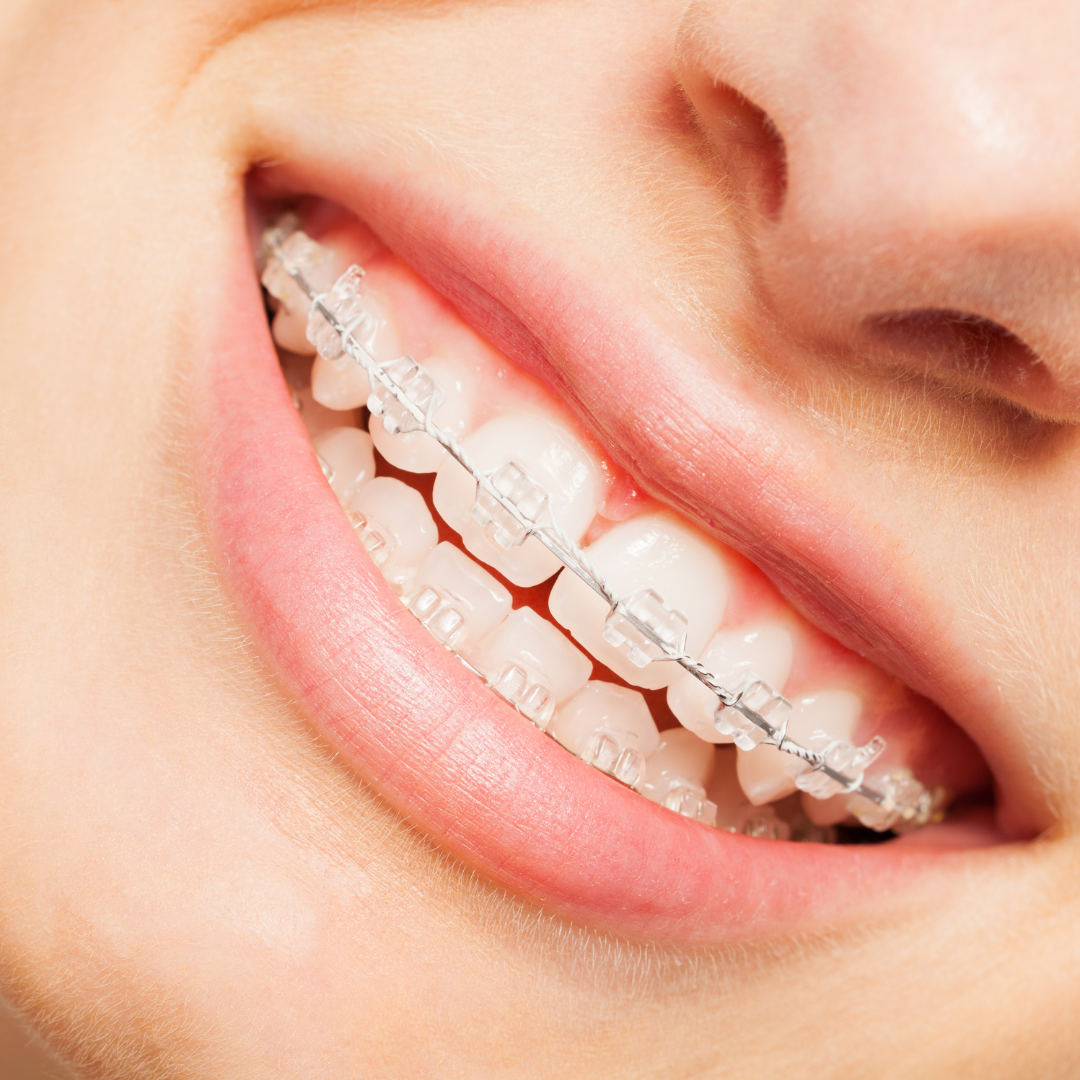
Braces(Self-ligating)
A metal or ceramic dental base is affixed to each tooth, and a dental wire is inserted through each base. A dentist is able to gradually train the teeth into proper alignment by regularly adjusting the wire. When the desired results are achieved, the fixed dental braces are completely removed.


Invisalign & Clear Aligners
Clear and custom-made, aligners are mouthguard-like braces that gradually shift your teeth into the correct position through repeated use. Unlike other types of braces, they are not easily visible and can be conveniently removed during meals and slipped back on afterwards.
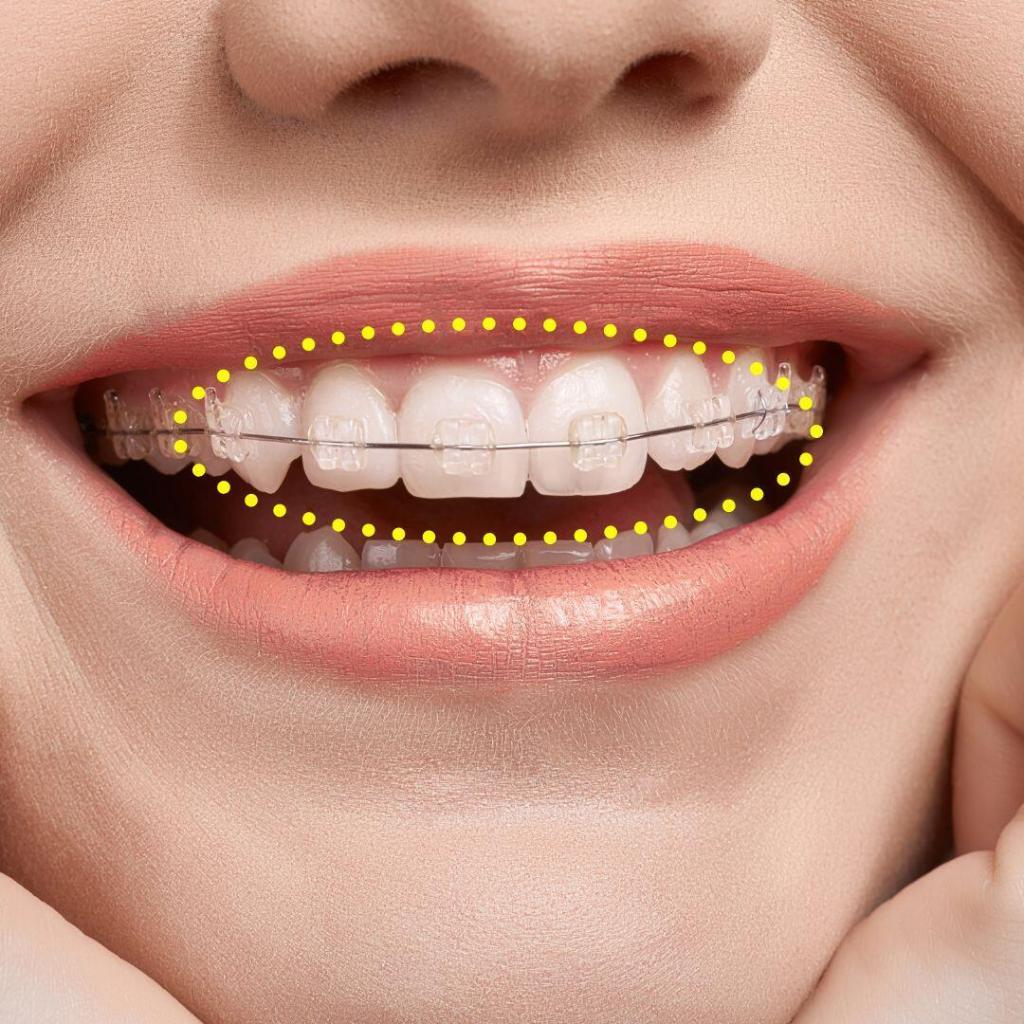
Partial Braces
Partial braces work by using a combination of metal brackets and wires. They gradually straighten and align the misaligned teeth. The process begins with a consultation with a dentist, who can examine the patient's teeth and create a personalized treatment plan.
WHICH ONE IS THE RIGHT CHOICE FOR YOU?
If you are ready to look into getting braces to help correct your smile, there are things you need to consider such as cost, period, pros and cons of each type of braces. Several types of braces are out there to help correct a wide range of orthodontic issues. From the metal versions to the clear aligners of Invisalign, our team is dedicated to helping you find the right fit for your teeth and your lifestyle.
Braces & Clear Aligners
Braces
A metal or ceramic dental base is affixed to each tooth, and a dental wire is inserted through each base. A dentist is able to gradually train the teeth into proper alignment by regularly adjusting the wire. When the desired results are achieved, the fixed dental braces are completely removed.
Invisalign(Clear Aligners)
Gain more confidence with Invisalign (Invisible Braces) – the clear and invisible solution for straightening your teeth. Invisalign is an alternative for patients who are concerned about wearing braces that are visible and want to reduce the length of their treatment.
- Wear aligners for 22 hours a day
- Replace aligners every two weeks
- Remove aligners to eat or drink
- Remove aligners to brush teeth
Partial braces work by using a combination of metal brackets and wires. They gradually straighten and align the misaligned teeth. The process begins with a consultation with a dentist, who can examine the patient’s teeth and create a personalized treatment plan.
During the treatment, the dentist will attach metal brackets to the front teeth, to keep the archwire and front brackets in place. The archwire, which is connected to the brackets, applies a gentle force to the teeth, gradually moving them into the desired position.
Patients will typically need to visit the dentist or orthodontist every 4-8 weeks for adjustments and to change the archwire. Treatment duration for partial braces typically lasts at least a year. Additionally, partial braces can be used exclusively on just a single dental arch instead of the upper and lower arches.
Partial braces can be used to treat a variety of dental issues, including:
- Crowding: When there is not enough room in the jaw for all teeth, some may become crowded or overlapping.
- Spacing: When there is too much room in the jaw, teeth may appear widely spaced apart.
- Flared teeth: When the front teeth stick out farther than the other teeth, it is called flared teeth.
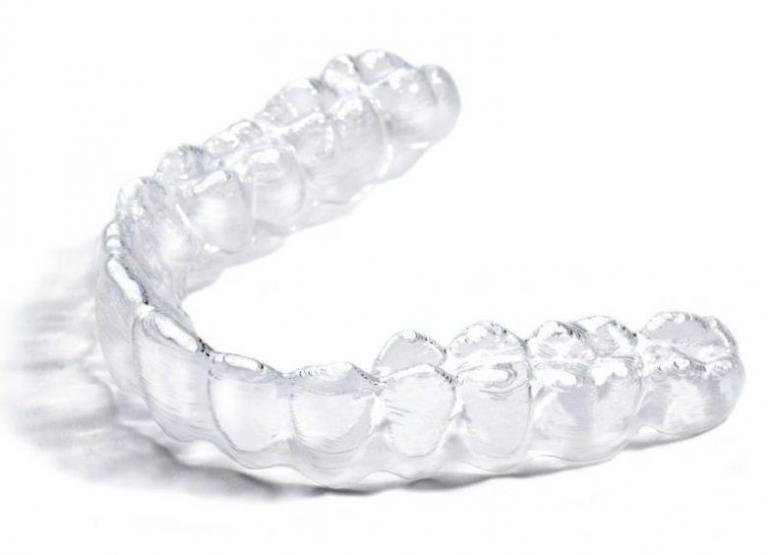
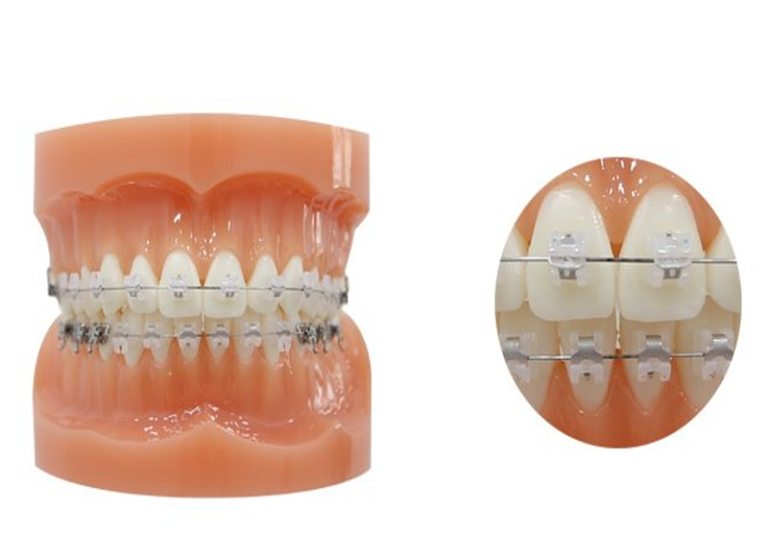
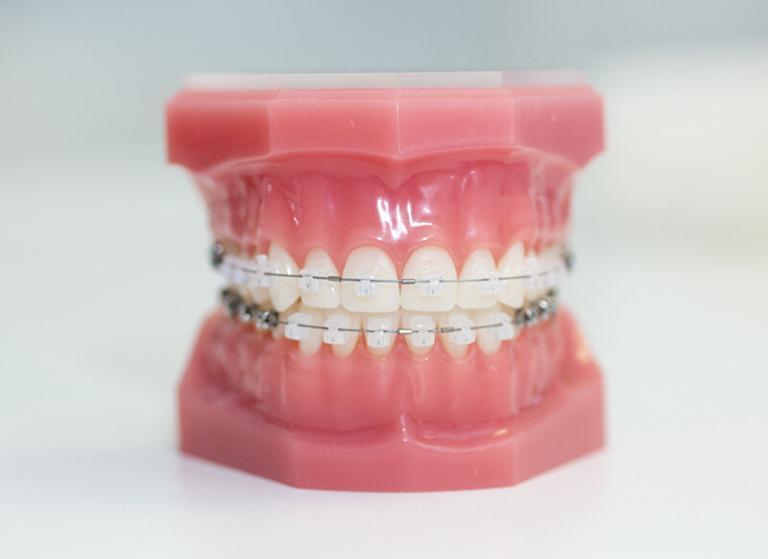
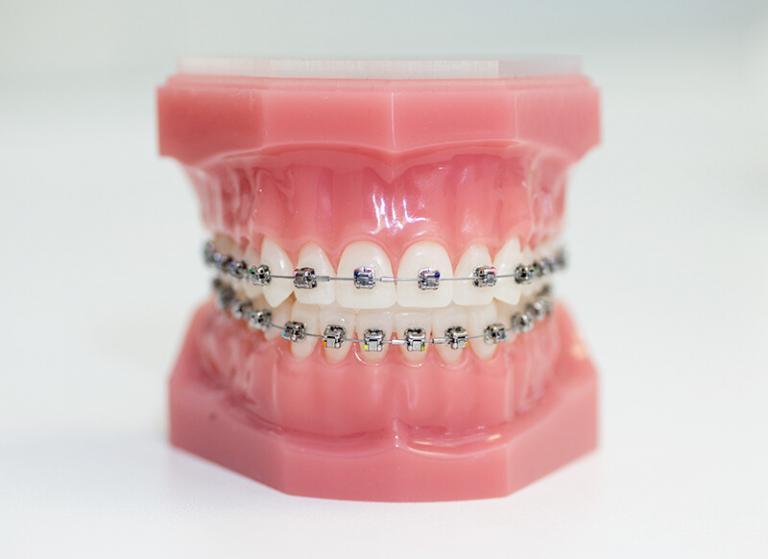
METAL BRACES
Metal braces are the most basic and also the most affordable treatment option. It is also less fragile compared to other braces options.
- Satisfactory Function
- Tooth arrangement
- Economical choice
CERAMIC BRACES
Ceramic braces can be molded/shaped to fit onto one’s tooth, which gives more comfort.
- Less visible
- Stain-free
- The color is similar to the natural tooth
SELF-LIGATING BRACES
Frictional forces, which prevent movement of teeth, are reduced with the application of braces where the caps are closed and fixed.
- Faster initial alignment
- More comfortable
- Hygienic
Invisalign(Clear Aligners)
- Aesthetic-Not noticeable and aesthetically pleasant
- Comfortable Food Eating-You can take it off when eating
- Better Fit, Better Comfort–Won’t affect your articulation
Teeth Braces / Invisalign(Clear Aligners) FAQ
How long will I have to wear these braces?
How painful is wearing braces?
How often do I need to see the dentist for checkups and adjustments?
Can I skip regular dental checkups while wearing braces or Invisalign?
Does the Invisalign treatment perform as well as traditional braces? Is it taking more time?
What types of food should you avoid eating if you have braces?
After I have my braces removed, would it be necessary for me to continue wearing a retainer?
What are some of the factors that could make my treatment last longer?
About Our Team
Meet Our Dentists from Korea, USA, UK, AUS and Singapore.

Dr. Kim Taeyun
DDS Columbia Univ. (NY, USA)

Dr. Winston How
(BDS NUS)

Dr. Bak Junbeom
BDS King's College London (UK)

Dr. Leem Jae Hoon
BDSc Melbourne Univ.

Dr. Emma Jin Jing
BDS Adelaide Univ.
Schedule an Appointment Today
Same Day Appointment/Walk-Ins Available
Tg Pagar
Operation hours
Mon / Wed / Fri 9am - 6pm Tue / Thu 9am - 8pm Sat 9am - 4pm Sun / PH Close
Locations
Blk1 Tanjong Pagar Plaza #02-24 SG082001
Enquiry
9787 1209 / meiplus@meiplus.com.sg

Marine Parade
Operation hours
Mon / Wed / Fri 9:30am - 6:30pm Tue / Thu 9:30am - 8:30pm Sat 9am - 4pm Sun / PH Close
Locations
141 East Coast Road SG428831
Enquiry
8837 5481 / meiplusmp@meiplus.com.sg

